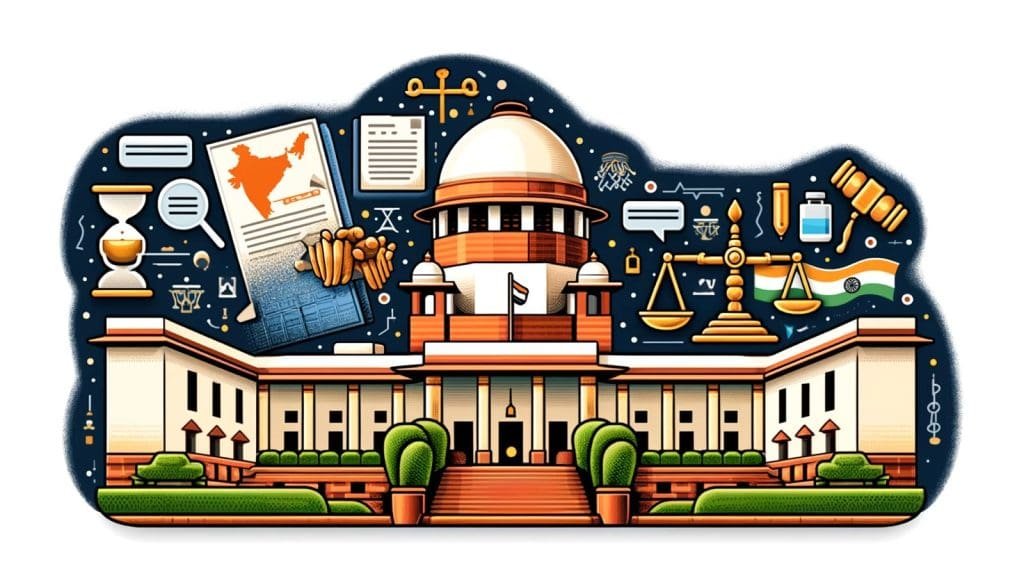
On May 1, 2024, the Supreme Court of India dismissed over 20 review petitions challenging its December 2023 judgment that upheld the abrogation of Article 370. This article examines the key details of the Supreme Court’s decision, the arguments presented, and the broader implications for Jammu and Kashmir.
Background of Article 370
Article 370 of the Indian Constitution granted special autonomy to the erstwhile state of Jammu and Kashmir. On August 5, 2019, the Indian government revoked this special status, reconstituting the state into two Union Territories: Jammu and Kashmir, and Ladakh. This move faced widespread opposition and legal challenges.
The Supreme Court’s December 2023 Verdict
In December 2023, a five-judge Constitution bench of the Supreme Court upheld the government’s decision, declaring it lawful and constitutional. The bench, led by Chief Justice of India (CJI) D.Y. Chandrachud, concluded that Article 370 was a temporary provision, intended to facilitate the state’s integration with India, and could be abrogated by presidential order.
Review Petitions Filed
Following the verdict, various stakeholders, including political leaders, activists, and legal professionals, filed review petitions. Notable petitioners included Dr. Hussain of the Jammu and Kashmir People’s Movement and Muzaffar Shah of the Jammu and Kashmir Awami National Conference. The petitioners argued that Article 370 had gained permanence after the dissolution of the Jammu and Kashmir Constituent Assembly in 1957 and that its abrogation violated the federal structure of the Indian Constitution.
Supreme Court’s Dismissal of Review Petitions
On May 1, 2024, the Supreme Court dismissed these review petitions. The bench reiterated that the abrogation was a lawful exercise of the President’s powers. Justice Sanjiv Khanna emphasized that Jammu and Kashmir’s integration into India was complete and final upon its accession in 1947. The bench also noted that the temporary nature of Article 370 did not imply its permanence and that the cessation of the Constituent Assembly did not prevent the President from abrogating it.
Key Arguments and Implications
Petitioners’ Arguments:
- Permanent Provision: Petitioners argued that post-1957, Article 370 had assumed a permanent character.
- Federal Structure: They claimed that the abrogation undermined India’s federal structure by reducing the autonomy of Jammu and Kashmir.
Supreme Court’s Stand:
- Temporary Provision: The court held that Article 370 was always intended as a temporary measure.
- Sovereignty and Integration: The bench reinforced that the abrogation did not erode India’s federal structure, as Jammu and Kashmir’s sovereignty had been fully integrated into India.
Broader Implications
The Supreme Court’s decision has far-reaching implications for the political and legal landscape of Jammu and Kashmir. By upholding the abrogation, the court has effectively endorsed the central government’s stance on the region’s integration. This verdict paves the way for the restoration of Jammu and Kashmir’s statehood, with the Election Commission directed to conduct legislative assembly elections by September 30, 2024
Conclusion
The dismissal of the review petitions marks a significant chapter in the legal and political history of Jammu and Kashmir. It underscores the Supreme Court’s interpretation of constitutional provisions concerning federalism and the integration of states into the Indian Union. As the region moves towards elections, the focus will likely shift to political developments and the restoration of democratic processes in Jammu and Kashmir.